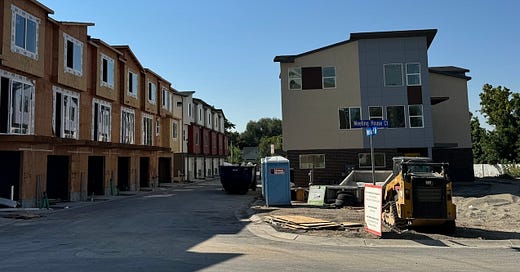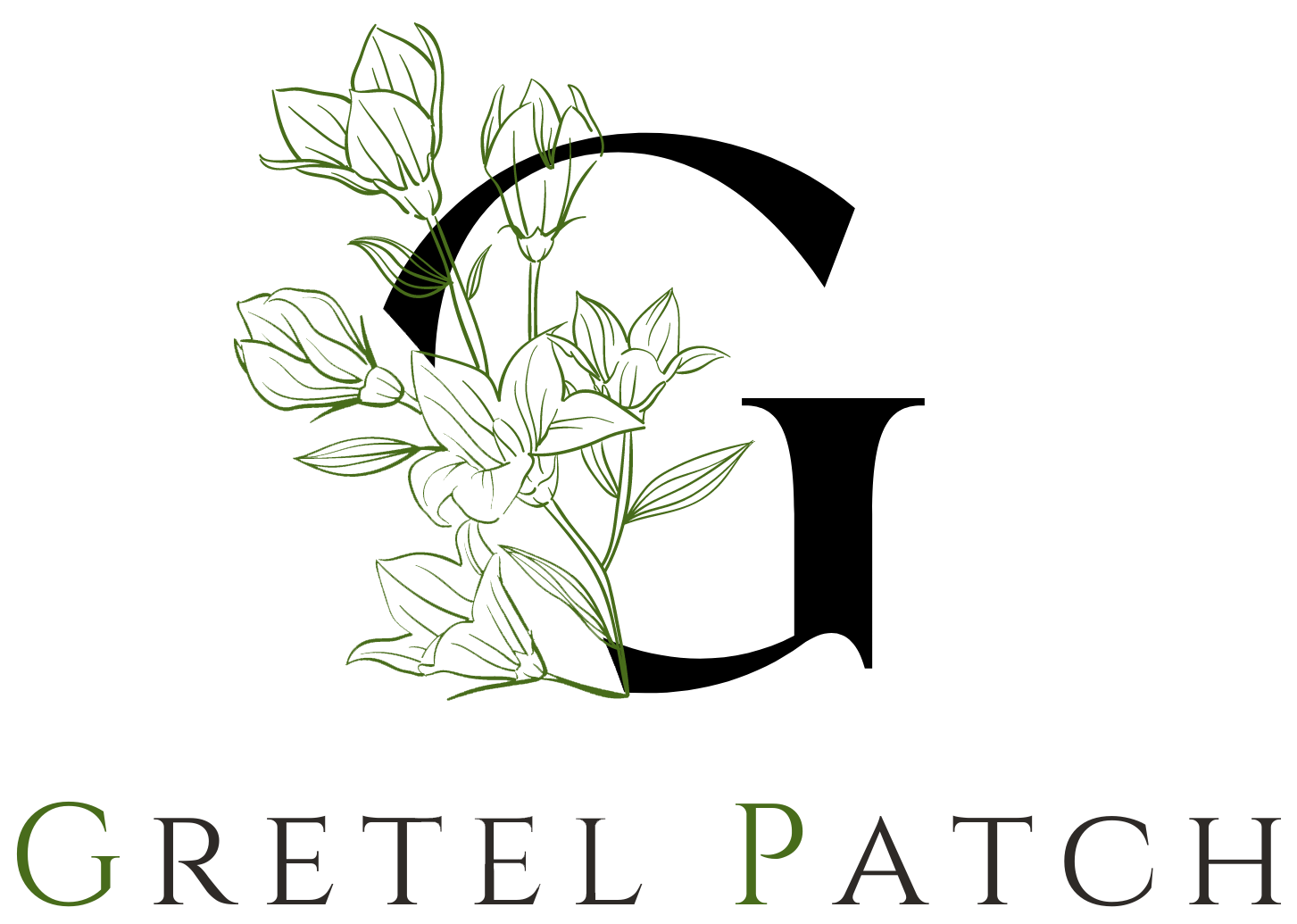An article I wrote was just published in the Deseret News. As a writer, publication is always a reason to celebrate–hooray! I’d love you to read it.
Some stories, however, are hard to write and even harder to live. This was one of those.
When I started writing my memoir just before COVID brought the world to a halt, I intended to share my journey of raising children in various countries. Inspired to capture stories that might be lost if I didn’t tell them, I wanted my children to know not only their stories but mine.
What font should a book manuscript use? I Googled. How to format a cover page?
Without knowing how much I didn’t know, I started typing in double-spaced 12-point Times New Roman.
In the five years and 100s of writing hours since, I can attest to what my writing mentor often shares:
“Memoir is the single greatest portal to self discovery.
~ Marion Roach Smith
As I wrote and researched, spaced and returned, took classes and received feedback from professionals, a clear framework emerged. Constructing its deep-rooted footings, reinforcing joists, and stabilizing trusses worked up a sweat. From the initial blueprints and scaffolding, the protective sheathing covering my idea began to take shape. I just wasn’t sure if it could bear the weight of a message that was never meant to remain within those four walls.
Taking on a life of its own, the book I was writing was no longer only for my children. I wanted the world–too often divided and polarized–to have it.
But first, I needed to dig deeper, to go back before I could go forward.
With more vulnerability than I was ready for, I excavated some bedrock experiences of my early years to discover how they formed me. While I wouldn’t tell the brick-by-brick version, I couldn’t gloss over the gaping scar.
And so, this article was born. I shared some of my research with my husband over Lebanese food one night and said, “The stories we hand down shape us. What we are told and what happened to us matters. Whatever the truth is, all sides lose something when a building is destroyed.”
“There’s your story,” he said. “Write it down.”
I started that very week. After months of research and writing, I enlisted the help of an editor to help me polish it up. Striking the right balance–capturing the pain my family experienced while also deliberately choosing to not throw known community members under the bus–was a fine balance.
I’m really proud of how it turned out.
“While I never recovered what was lost as a child, through intentional and cyclical repotting since, I have created space for deeper growth. Perhaps we can find that space only once our past has been cleared.
The space created inside of us — cultivated with unanticipated soils — can honor the past while cementing future pathways.”
~ Gretel Patch, Perspective: What we lose when we lose old buildings
Thanks for being part of my journey.
This At Home Anywhere newsletter is reader-supported. If you enjoyed it, consider helping this message of cultivating home anywhere reach a wider audience. Thanks for reading!







Love this Gretel. Congrats on getting published! I read your Deseret New article too. Loved that one too!